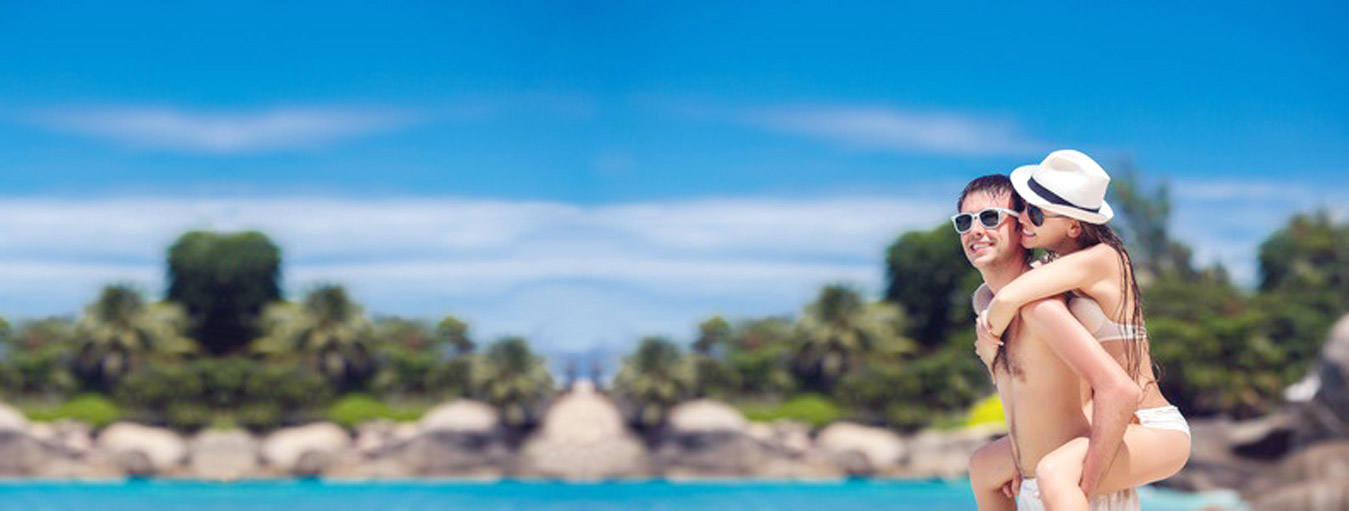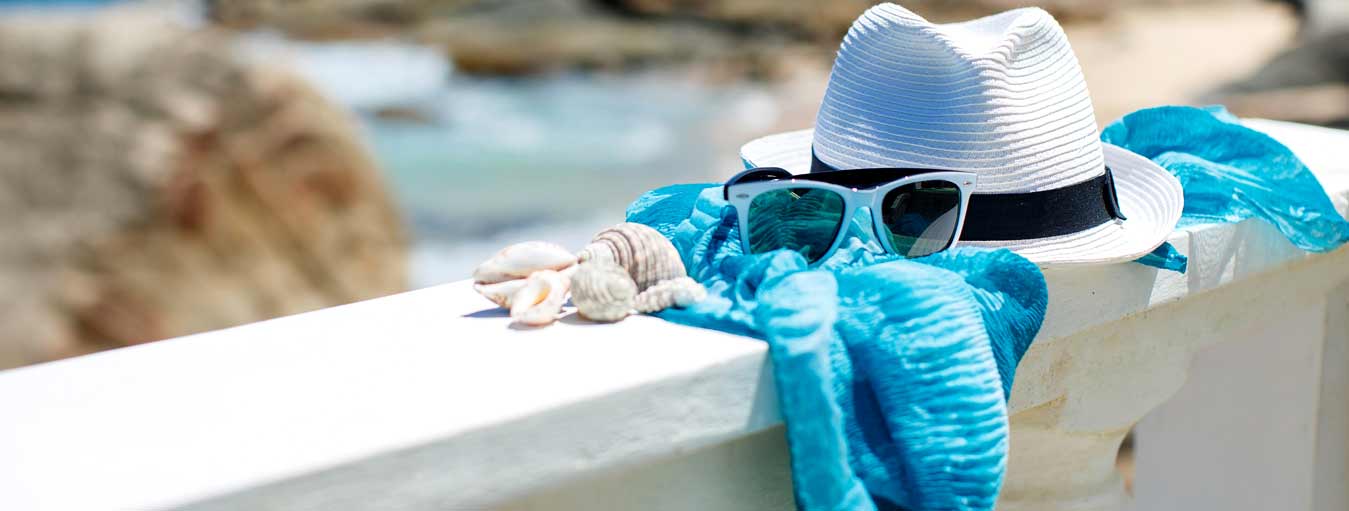Blog
-

BALLOONACY! BAN YOUR KIDS FROM BURSTING BALLOONS SAY EXPERTS. THE LOUD POPS COULD LEAVE THEM DEAF! (The loudest bang made by a balloon, tested in labs using a high-pressure microphone, was 168 decibels).
 2 Feb , 2017
2 Feb , 2017
BALLOONACY! BAN YOUR KIDS FROM BURSTING BALLOONS SAY EXPERTS. THE LOUD POPS COULD LEAVE THEM DEAF! (The loudest bang made by a balloon, tested in labs using a high-pressure microphone, was 168 decibels).
Kids should wear ear protection at parties for fear bursting balloons could leave them deaf, experts warned.
Believe it or not scientists found that tests revealed, exposure to a single pop, is louder than a shotgun blast going off and could lead to permanent hearing loss! The damage caused to a child’s eardrum can leave them with permanent hearing loss. Over time and prolonged exposure, it could even leave a child deaf. And, adults are not immune to the dangers of the humble balloon, with three loud pops enough to affect their hearing.
Researchers from the University of Alabama say the sudden noise can lead to gradual hearing loss. They found popping a balloon generates a noise that can reach 168 decibels – four times higher than a 12-bore shotgun!
Professor Bill Hodgetts said: “We’re fairly confident parents wouldn’t let their kids fire guns without hearing protection.
“This research is a conversation starter”.
“We are not saying don’t play with balloons and don’t have fun, just try to guard against popping them”.
“Hearing loss is insidious – every loud noise that occurs has a potential for a lifelong impact”.
“We want people to be mindful of hearing damage over a lifetime, because once you get to the back end of your life, no hearing aid is as good as the once healthy built-in system in your own inner ear.”
The loudest bang made by a balloon, tested in labs using a high-pressure microphone, was 168 decibels. That’s 28 decibels higher than occupational health and safety recommendation of 140 decibels – meaning even one exposure could be considered unsafe for hearing.
But, the scientists were branded “party poopers”, by Rose Whiteman, of the party decoration firm, “Elite Balloons”.
She said: “I’ve often heard balloons pop for 16 years in the business and my hearing’s fine.
“Everyone with ear protection at parties would look daft.”
And Mitch Gilbert, of “The Balloon Association”, added: “There obviously isn’t much happening in Alberta, if the researchers had time for a study like this…”
(***PERSONAL NOTE FROM US*** Perhaps Mitch has some hearing issues of his own… the study was in Alabama, NOT Alberta Mitch! And, this comment came from a man who has “The Balloon Association” on his business card… who even knew there WAS a balloon association?)
Of course you shouldn’t burst a balloon right next to someones’ ear. Hearing damage occurs when delicate hair cells in the inner ear are worn down by noise. These hairs do not grow back, this is not a joking matter.
Gemma Twitchen, senior audiologist at the charity “Action on Hearing Loss”, said “while children do love balloons, and it is important kids have fun at parties, it is worth bearing the warning in mind”.
She said: “It is important to ensure that children aren’t subjected to regular noise exposure above 85 decibels as there are increased risks to damaging hearing.
“We would therefore recommend that parents try to minimise risks by keeping any balloons away from children’s heads and ears if they are to pop them, and discourage children from doing it to each other.”
Meanwhile, Prof Hodgetts urged people to start seeing hearing loss as serious as they see sun damage.
He said: “We used to put on suntan oil and go as dark as we could, but you look at parents and schools and day care and it’s now part of the routine to put sunscreen on a child.”
“We need to think about our hearing health just like we think about our overall health,” he said.
“Hearing loss is one of those invisible problems–until you have it, you don’t even think about it”.
“But once you have it, it impacts everything.”
Source: ANDREA DOWNEY AND SHAUN WOOLLER, The Sun
Image credit: ALAMY





























































































































































































































































































































































































































































































































































































